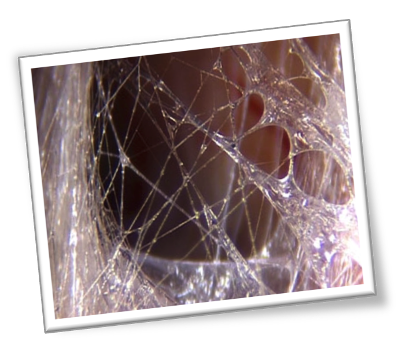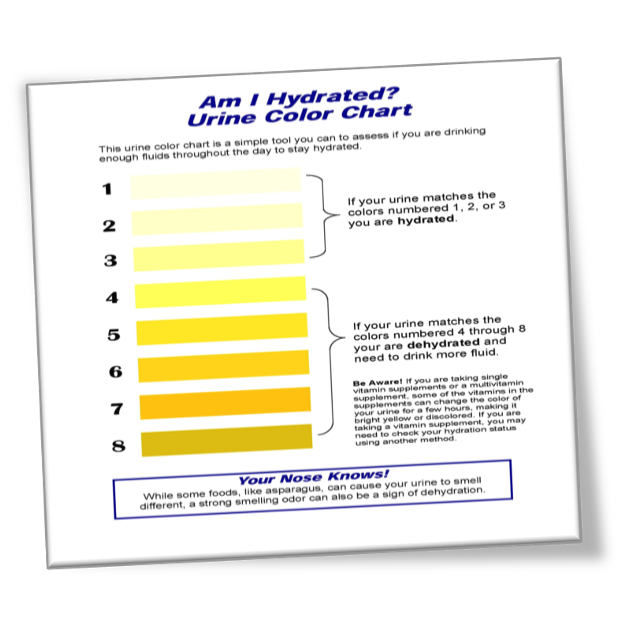Self Care
These days finding time for self care is not easy. It is however essential to keeping your body pain free for as long as possible as you age. Here I share some quick, easy steps you can do to improve the quality of your fascia and hence reduce tension and pain in between visits to your body worker of choice.

What fascia looks like. Picture thanks to Dr Jean-Claude Guimberteau.
Fascia Facts
Your bodies fascia is a gel like matrix that connects every part of the body, from nerve and muscle fibres to bone.
When its healthy, it has a lovely fluid movement allowing our body to freely move in any direction required.
However restrictions can arise from repetitive movements, injury, trauma, excessive sitting and other lifestyle choices. These restrictions manifest as pain, stiffness, weakness, and tension.


At this point we need to observe that the body is always trying to do its best to help us. Those restrictions that upset us so much are put there by the body trying to help us. Repetitive motions, habits, and postures encourage the facsia to lay down extra collagen cross bridges with the aim of stiffening the fascia in that area to make it stronger. This in turn means the body can automatically use this tension to enable the repetitive motion to occur with less input from the brain. The aim of this being to make life easier for us. In addition any micro traumas are stabilised by the additional collagen in our fascia. The body is always trying to prepare us to be effective in event that fight or flight is required.
What actually happens is that our habitual movements cause a ripple effect through the rest of the body causing us to loose flexibility in some areas as we compensate.
What You Can Do To Help Yourself At Home
01 Stay Hydrated
Your body is 80% fluid, in our daily life we often do not drink enough water. Aim for a minimum 8 glasses per day or 2 ½ litres. This amount will give your bodily tissues and brain the resources to stay hydrated.
Tea and coffee are both dehydrating so drink them sparingly. The same goes for alcohol, drink sparingly as it will dehydrate your body.
As you increase your fluid intake you will pee more at first but as your body gets used to the increased fluid it will use it in your tissues. Use this handy chart to monitor how hydrated you are.

02 Move
Motion causes fascia to slide on itself, this helps it to stretch and compress which pushes the fluid you drink into your tissues. Like a dry sponge, you have to squeese it out in water a few times in order for it to start to hold water.
Moving your body in a mixture of ways will help keep your fascia in tip top condition. Get creative, walk the dog, dance, yoga, tai chi, and play. Motion is life and life is motion. Even just an extra 10 minutes per day of different movements will help.

03 Change Posture and Movement Habits
Thinking about how we develop restrictions within our fascial system helps us to understand that changing how we move is a huge help to our fascial plasticity and health. Our aim is to reduce habitual movements so that the extra fibres collagen laid down in regions of our fascial system is no longer needed.
Rewiring the health of your fascia can start simply by changing some habitual patterns you have.
First notice your habits;
Do you sit in the same part of the sofa
each day? Do you put the same leg in your trousers or same arm in a shirt first when dressing? Did or do you sit at a desk a lot? What is your posture like when driving a car?
Once we have awareness, play with making little changes. For example: put a different leg or arm in clothing first each day, cross your arms the
opposite way to normal, experiment with different seated postures. Vary your walking speed. If you are sitting at a computer for hours in a day try different chairs, seating positions or get up and move around in novel ways every couple of hours.
When repetitive movement stops and
new varied movement increases, those extra collagen fibres in the fascia can be disposed of by the body as they are no longer effective. Very gradually you will notice previously restricted areas begin to move more freely and may be less painful.
Another benefit of changing your postural habits is increased neuroplasticity. Your brain has to get more involved in how your body is moving. In the long term this will help improve congnitive function. Any little changes you make will have a big effect on mind and body moving forward.
05 Stretching
As already discussed, movement helps to rehydrate fascial and so does stretching. Providing it is performed correctly.
Fascia responds to slow and gentle. If you want to help your fascia in those tight areas, pushing into a stretch to force things will not work. We do not want to fire the stretch receptors, rather we want to soften and melt the fascia into letting go.
To achieve this, find a restricted area and gently move into it to feel a slight lengthening. (Do not go to full range of motion, or pain, or tightness). Once you feel you are in the right place for you, simply hang out there, comfortable, and totally relaxed, a couple of minutes. There should be no discomfort. You are wanting to give your body the opportunity to soften gently into length like a dissolving ice cube. No force.
To help you you may find that supporting parts of your body with a firm cushion or what ever you can find will enable you to relax.
For example when I do the cobblers pose I support my outer leg with cushions so I can let go and not feel any pain. Similar to the picture below.


06 Massage Balls And Foam Rollers
Loved by some and hated by others. If you feel a foam roller will help you, it may be worth a try. To make your own use tennis balls, massage balls, wrapped in towels, or pool noodles etc. The most important point to remember is SLOW. Your fascia nerve receptors respond best to slow pressure. The slower you can “roll” the area, the better.
Find an object to be your “roller”. Your aim is to slowly increase the pressure you use (never to the point of pain) then very,
SLOWLY roll the object over the tight parts of your body, avoiding joints and bony bits.
You are aiming to slowly encourage your fascia to soften and melt around the roller. Nothing hard, fast, painful or aggressive. Use pressure that is comfortable.
For example tight shoulders, place tennis ball against the wall, lean on the tennis ball using your body weight to hold it in place and then make slow circular movements. Alternatively, use your hand to roll the ball over the tops of your shoulders.
This can be repeated on any muscular area of the body, get creative be kind and gentle and see how it feels. You are trying to dissolve that ice cube not force anything.
